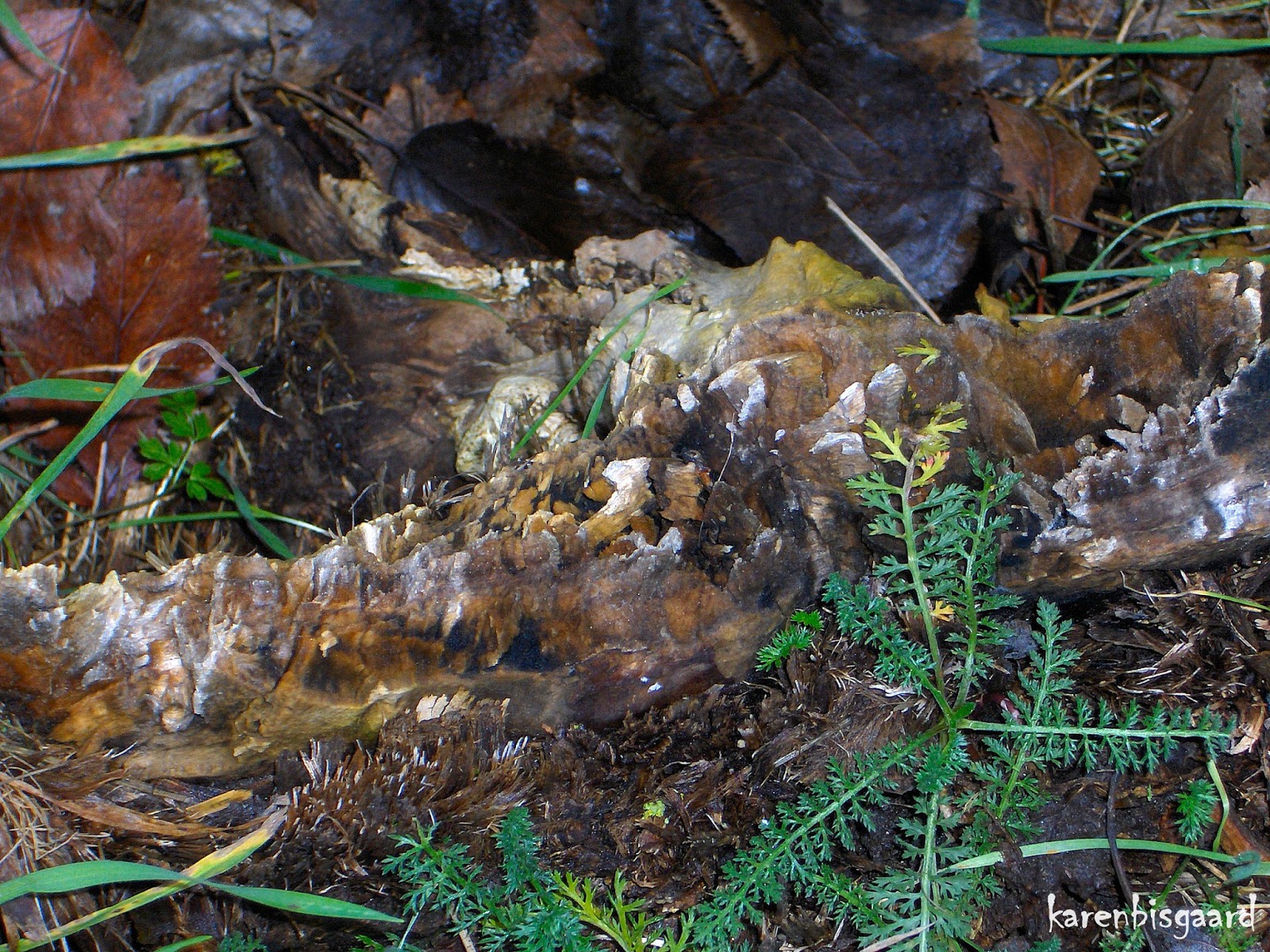duff is the decaying organic matter found on a forest floor

“Duff” is the decaying organic matter found on a forest floor.

When you stroll through a dense forest, you may notice a thick carpet of decaying leaves, twigs, and other natural debris covering the ground. This layer is known as “duff,” and it plays a vital role in the forest ecosystem. Duff is the result of the accumulation and decomposition of organic matter on the forest floor. Let’s explore this fascinating phenomenon further.
Duff is commonly composed of fallen leaves, needles, bark, twigs, moss, and other plant materials. As these organic materials accumulate over time, they begin to break down due to the action of various microorganisms, fungi, and bacteria. This decomposition process releases nutrients back into the soil, allowing trees and other plants to grow healthier and stronger.

Duff acts as a protective layer, shielding the soil from extreme temperatures, erosion, and wind. It also helps retain moisture, preventing excess evaporation and maintaining a stable moisture level in the forest. This moisture regulation is crucial for the survival of younger plants, delicate fungi, and the overall health of the forest ecosystem.
Moreover, duff provides habitat and shelter for a wide array of forest-dwelling organisms. Many small creatures, such as insects, worms, spiders, and salamanders, find refuge in the decomposing organic matter. These organisms help break down the duff further, accelerating the nutrient cycling process. Additionally, duff supports fungi, which form symbiotic relationships with tree roots and facilitate nutrient uptake.
From an aesthetic standpoint, duff adds natural beauty to the forest floor. Its array of colors, textures, and scents create a visually pleasing and immersive experience for anyone exploring the woods. It also muffles footsteps, creating a sense of tranquility as you tread softly through the forest.
Understanding the significance of duff in forest ecosystems highlights the importance of preserving and protecting these natural habitats. By avoiding excessive disturbances, such as trampling or removing large amounts of duff for gardening purposes, we can contribute to the overall health and sustainability of forests.
In conclusion, duff is the decaying organic matter that forms a protective layer on the forest floor. It supports the nutrient cycling process, provides moisture regulation, offers habitat for various organisms, and enhances the beauty of the forest. By recognizing its importance, we can play a role in conserving and appreciating these remarkable ecosystems.
Source: Dreamstime - New grass can be seen growing over decaying leaves on the forest floor | Close-up on decaying plant material on the forest floor
Related Posts
Quick Links
Legal Stuff

